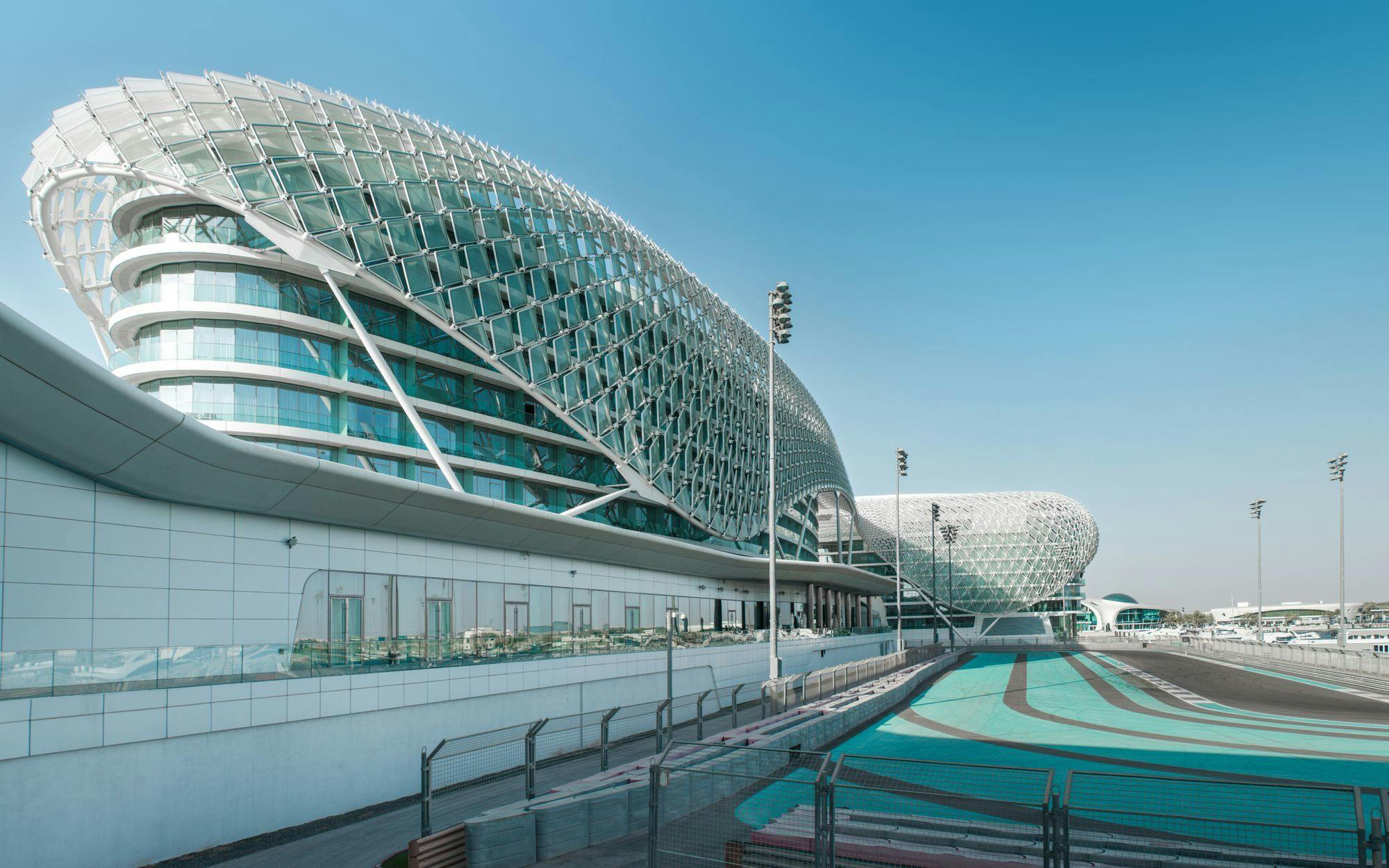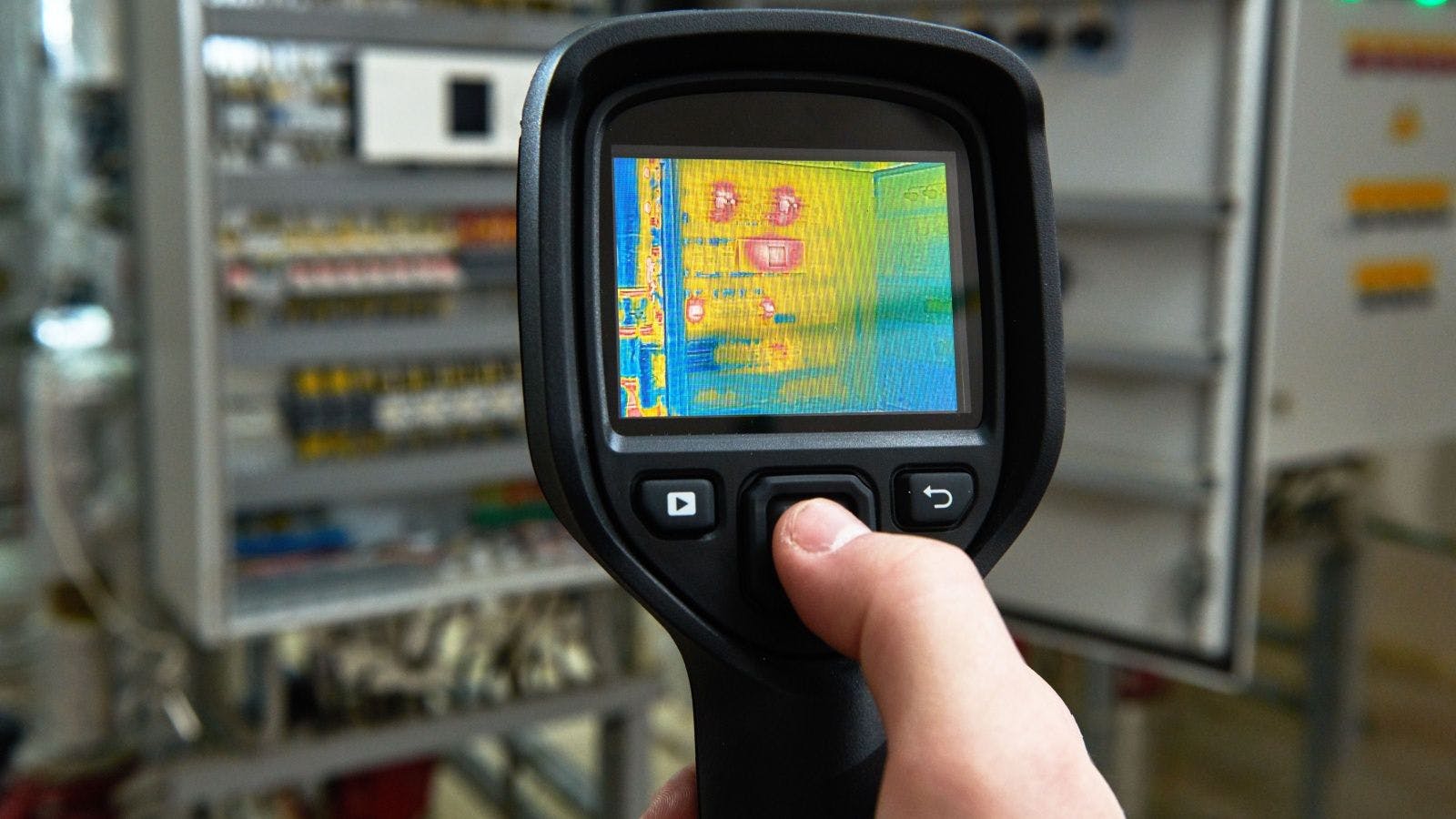
Incredible Buildings Across the Globe
Technology is not only evolving on its own, it is actively changing the world around us. Thanks to the possibilities afforded by modern technology, contractors have access to building equipment that can perform feats far beyond the reach of previous builders. They can use structure analysis software to glean all sorts of information from a building, down to the smallest detail, and use design software to draw up blueprints with a finer degree of accuracy at a quicker pace.
With all this fantastic new technology, what kind of achievements have architects made around the world? Take a tour of the world’s most awe-inspiring advanced buildings.
Upgraded energy-saving: Apple Park, Campus 2
Tech behemoth Apple outgrew its old offices and made the move to a new building. Worth a staggering $234.7 billion, the company, which is now one of the biggest on the planet, was able to invest a further $5 billion into a new building and move its tremendous workforce into a circular futuristic structure. The new office-space, which opened in April 2017 midway through construction, is made up of 175 acres — and is even bigger than The Pentagon.
With a roof made entirely of solar panels, it’s not surprising to hear that the building is one of the most energy efficient in the world. The solar panels are capable of generating 17 megawatts of power (75 percent during peak daytime) and the company has aims to make the complex entirely powered by renewable energy in the future. Another four megawatts are powered through the use of biofuel and natural gas within the complex, using Bloom Energy Servers which are popular within the Californian region, with Google, Yahoo and Wal-Mart using them, too.
The structure makes use of natural heating, ventilation and air control. To achieve this, air is allowed to flow freely between the inside and outside of the building, which can help assist for nine months of the entire year — highlighting the importance of such features in the DNA of design.
A cool achievement in every way: Burj Khalifa
At a staggering 2,722 feet tall, the Burj Khalifa (often called the Burj Dubai) is the tallest structure in the world. Starting construction in 2004 and finalizing the project in 2008, many decisions had to be made to ensure that this neo-futurism structure was able to serve its purpose, acknowledging that it would be a free-standing building and understanding the hot climate it would be situated in.
Dubai is reliant on desalination plants that turn sea water into fresh water that flows through an underground network. When the water hits the Burj, it is distributed to every corner of every floor on every level. However, with 163 floors, this can become a complicated process, which shows just how special the Burj Khalifa actually is in terms of design.
The Burj’s architects quickly realized that using one pump would require a ridiculously high amount of pressure to get water up the structure’s colossal height, which in turn could cause the pipes to explode. To counter this problem, they came up with a plan to help the water flow up the building in different stages. From tower basement, water flows up to a reservoir station on the 40th floor, which then continues to a series of 200,000-gallon tanks until it reaches the top of the building. As the water reaches the top, the water then travels back down under its own weight — it is said that 946,000 litres of water are supplied per day which also helps the building stay cool in the hot climate.
One of the most crucial elements of any Dubai building is its cooling system, as the city is situated in a desert. Therefore, another water supply — an ice-chilled water system which is the first of its kind to be used in the Middle East — has also been implemented to enable substantial energy savings.
Weathering every storm: Taipei 101
The Taipei 101 is a platinum certified Leadership in Energy and Environmental Design (LEED) build and the previous tallest structure in the world. But the Taipei 101 did not only compete in height. Up until 2016, the structure had the fastest elevator on the planet, which could travel from the 5th to 89th floor in 37 seconds.
Taiwan is home to many a varied building style, from the traditional Fort Provintia to the super sci-fi Tuntex Sky Tower. But what makes it so spectacular? Starting construction in 1999 and ending in 2004, the Taipei has 101 floors (if the name had not given it away) and is 1,666 ft in height — but the environmental factors that took over its design has changed the way we build for good.
The region is something of a hotspot for extreme weather and natural disasters, such as typhoons and earthquakes. When it comes to Taipei 101, the structure can withstand high winds of 134 mph, which is due to the model prioritizing resistance through the use of curtain walls, protected glass and high-performance steel. The walls can provide heat and ultraviolet protection by blocking external heat by 50 percent.
The building features 36 columns of steel, and eight of these are the impressive-sounding mega columns. Mega columns have 10,000 pounds of concrete per inch. Within Taipei 101, there are outrigger trusses every eight floors which connect to the columns within the exterior to ensure secure resistance from probable natural disasters in and around Taiwan.
If the construction industry is capable of this amazing level of build right now, imagine what the future holds. For example, London is set to have 13 new skyscrapers by 2026 that will be designed to uphold the ethical requirements for a modern-day structure.
Related stories








